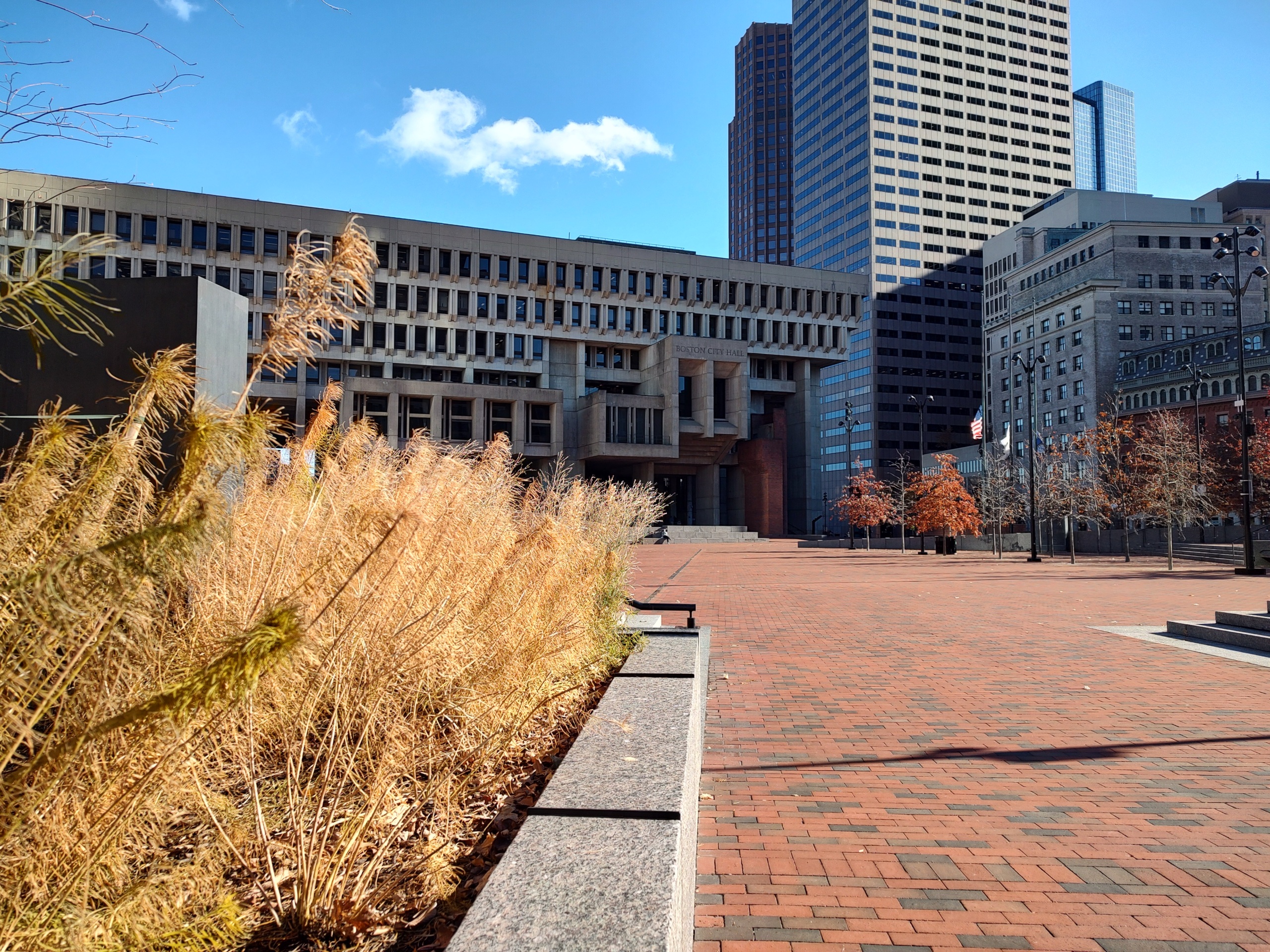
Four ways to look at a project (or policy, or almost anything)
Incremental change can be a gateway to something bigger, or a dead end. Asking four key questions can help determine which is which.
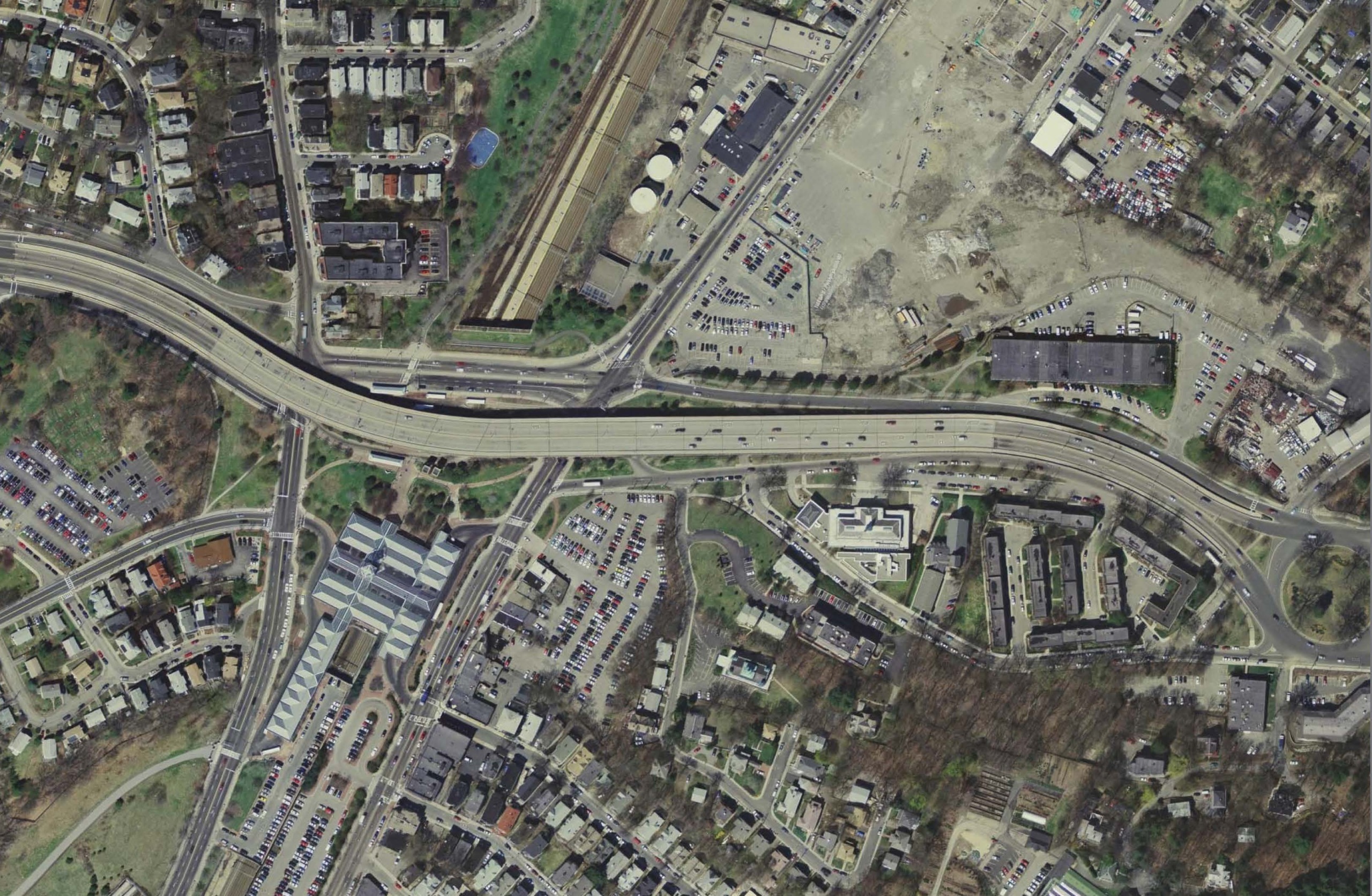
Recently, I found myself strongly disagreeing with a group of people I like and respect about a particular Boston transportation project that was finished roughly five years ago.
The project – removing an aging overpass for cars and replacing it with a surface road, better biking and transit connections and parkland – is one I’m pretty fond of. As someone who bikes for transportation (and fun) as often as I can, I’ve used the newly built bike lanes a lot, and they’ve made my life better.
And yet, a collection of transportation experts and advocates took turns teeing off on the project on Twitter. They could only seem to see its flaws.
The thing is, they were right. The project is flawed. There are too many places where a speeding car and a person walking or biking might find themselves in the same place at the wrong time. There were many missed opportunities to make transit work better in the area, and to improve other things as well.
That got me thinking: Was I wrong for thinking so highly of it in the first place?
The answer I arrived at was “no.” Because I realized that when they and I looked at the project, we were looking at different things.
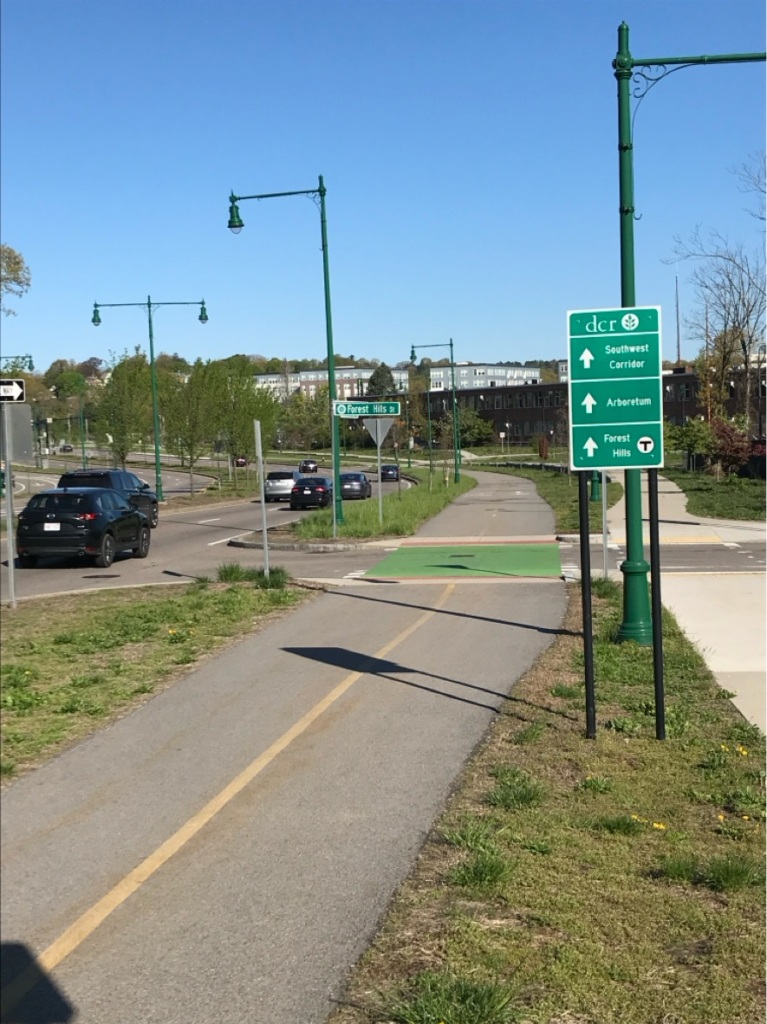
A bike lane where a highway offramp used to be. Nice, right?Photo by Tony Dutzik | TPIN
The critics looked at the final results and compared it with their vision of what the ideal project should look like. I looked at the project and saw it as the end point of a long process. Unlike many of the commenters, I knew what the area had looked like before, when the old overpass still loomed overhead. And I knew how hard advocates had to fight to make sure that the state didn’t just build a new overpass in the same place – a decision that would have made it impossible to change things in any significant way for decades.
They saw imperfection. I saw progress.
Making friends between the perfect and the good
The difference led me to think about the different ways we look not just at transportation projects, but at public policy in general. And it led me to propose four questions that are essential to ask when evaluating a project or policy (these questions also happen to work for a lot of things in life, by the way):
- How does this project or policy compare to the ideal? How close is it to the best possible thing we can imagine?
- How close is this project or policy to the best thing we can possibly achieve under current circumstances (keeping in mind political, economic or other constraints)?
- Are any flaws, mistakes or trade-offs fixable? That is, can future advocates go back and make things better later, or are we locking in big problems for years or decades to come?
- How does the specific project or policy help advance our larger goals? Does it make it easier to win the next fight?
My evaluation of the removal of the Casey Overpass is that it was 50-60% of the ideal, 90% of what was politically possible, most of the flaws could be fixed later (which would not have been the case if the state had just plunked down another huge overpass), and the project helped make future wins easier (in fact, the state is planning an even bigger overpass removal right now). Your opinion, of course, may vary.
Applying these criteria to a transportation project is one thing. But things get stickier when we’re forced to confront policy debates where there are no perfect options, and where the trade-offs come with severe consequences.
Realities, physical and political
When it comes to climate change, for example, it’s not uncommon to have to make decisions on policies that are 5% of perfect, yet 95% of what is politically possible. People who understand the realities of the physical climate and those who understand the realities of the political climate often find themselves arguing bitterly and intensely about when to compromise and when to hold out for what they know is really necessary.
That is why it is critical to remember poor old, often neglected questions 3 and 4 – to consider how any individual change, no matter how incremental, positions us for bigger victories in the future. We are going to be fighting climate change, essentially, forever. So anything we do now needs to be judged not just on whether it reduces emissions in the short term – though that’s obviously critical – but also whether it loosens the political, economic, social or other constraints on further action.
It’s funny to think that not very long ago, the organizations I work with were pushing to achieve 20% renewable electricity in leading states like California (we’re now up to over 21% nationwide, not counting small-scale solar, which is good for roughly another 1.5%), or installing a million solar roofs (there are now roughly 4 million). Much like the overpass project as seen by folks on Twitter, those victories look small and imperfect in the rear-view mirror. But they were critical stepping stones that made a zero-carbon economy powered by renewable energy imaginable.
Writer and activist Rebecca Solnit described this dynamic in a recent piece titled “Slow Change Can Be Radical Change”:
Describing the slowness of change is often confused with acceptance of the status quo. It’s really the opposite: an argument that the status quo must be changed, and it will take steadfast commitment to see the job through. It’s not accepting defeat; it’s accepting the terms of possible victory. Distance runners pace themselves; activists and movements often need to do the same, and to learn from the timelines of earlier campaigns to change the world that have succeeded. (emphasis mine)
In the end, I’m happy that today’s transportation advocates can look at what the last generation achieved and find it inadequate. It gives me hope that the next overpass removal we do in Boston will be a little closer to perfect. But it’s also important to remember that the goal is not to fix one overpass, or to win one single clean energy or climate law. It’s to build a rising tide of change that makes the world we seek imaginable – and then achievable. By asking the right questions, we can make sure that the work we do contributes to making the possible real, and the perfect possible.
Topics
Authors
Tony Dutzik
Associate Director and Senior Policy Analyst, Frontier Group
Tony Dutzik is associate director and senior policy analyst with Frontier Group. His research and ideas on climate, energy and transportation policy have helped shape public policy debates across the U.S., and have earned coverage in media outlets from the New York Times to National Public Radio. A former journalist, Tony lives and works in Boston.
Find Out More
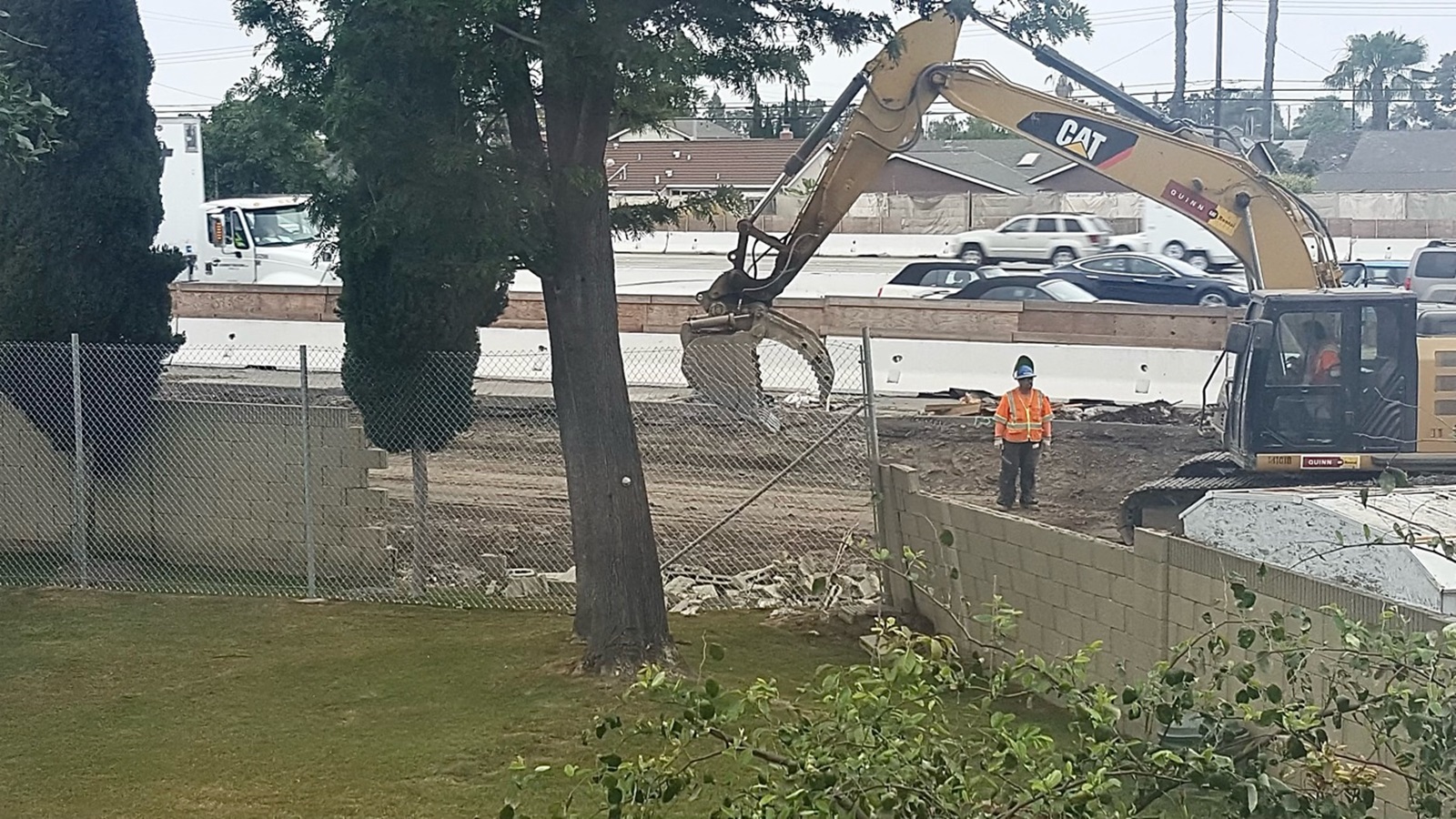
Wider highways don’t solve congestion. So why are we still knocking down homes to build them?
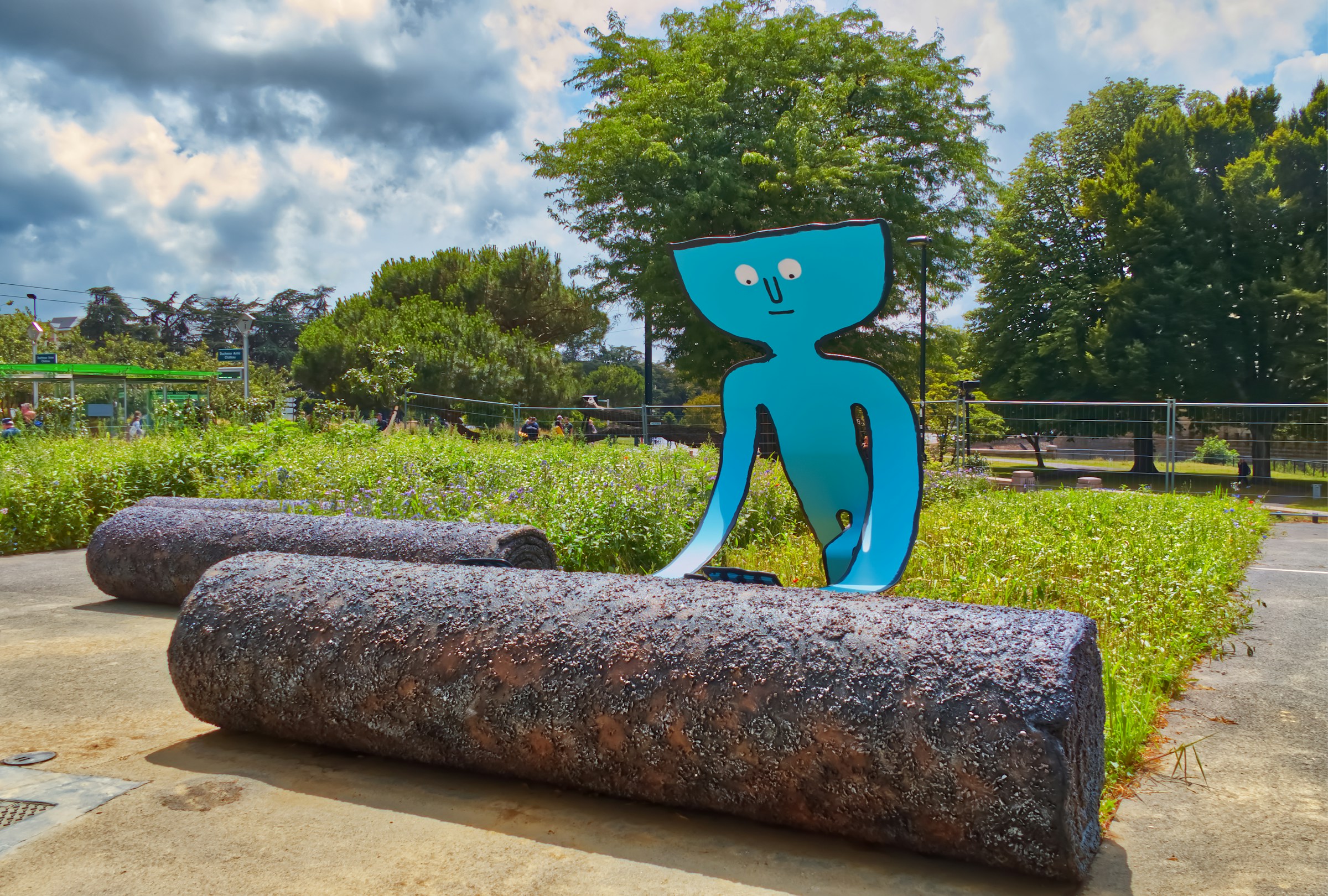
From gray to green: How (and why) to depave
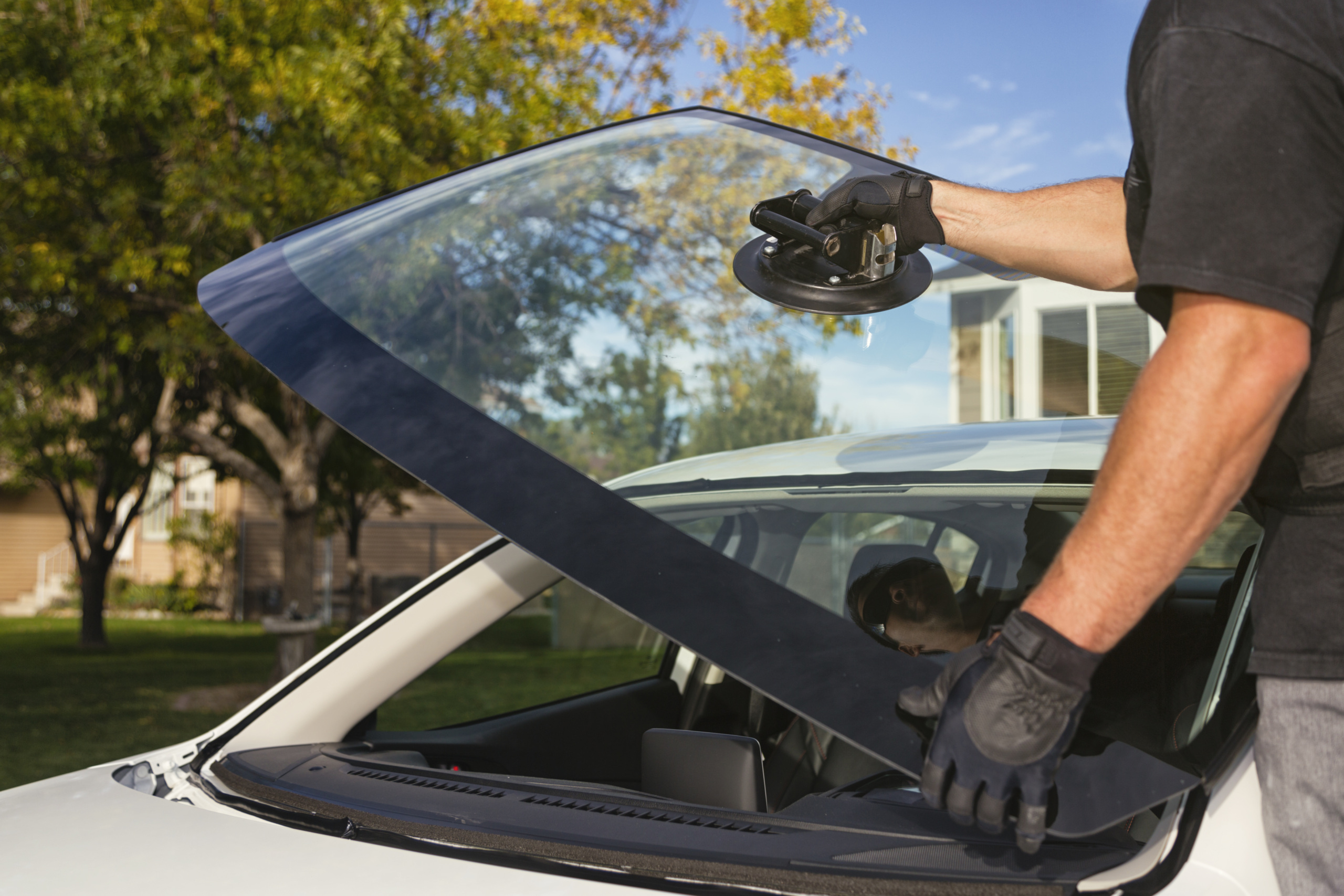
Cars are lasting longer than ever. Will that change with new technologies?
